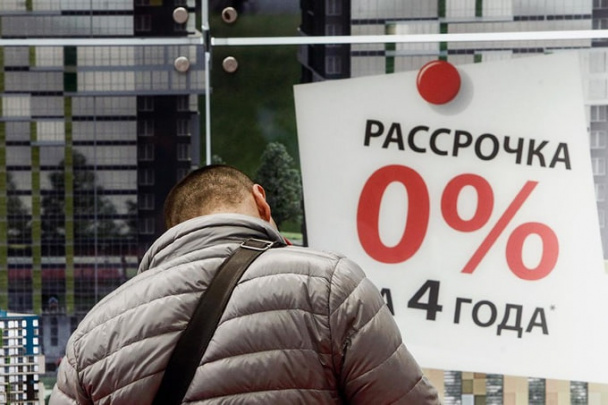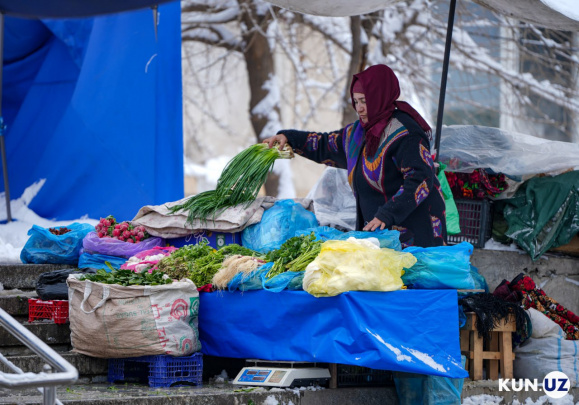Inflationary sensations hit minimum since March 2022
Most often, Uzbeks note the rise in prices for sugar, meat and dairy products and building materials.

Photo: Evgeny Sorochin / Spot
The inflation rate felt by Uzbeks has fallen for the fifth month in a row after jumping in January, the Central Bank reports.
In January, against the backdrop of abnormal frosts, the average estimate of price growth for the last year approached 20%, but already in March it dropped to 14%. The median estimate at the beginning of the year was noticeably more modest - about 15%, and in subsequent months did not exceed 12%.
For June, the figures are 12.9% and 10.6% , respectively. At such low levels, the median of inflationary sensations has not been since last February, and for the average it is a minimum.
Most of the respondents give inflation estimates of 9-12%. However, in June, the response rate sharply increased below the level of 5% and decreased slightly - for the range of 6-8%.
The rise in prices for sugar and confectionery products was most often noted - 37% of the respondents. Approximately a third pointed to a rise in the price of meat and dairy products and building materials. These three groups of goods were most mentioned in May as well.
At the same time, the shares of respondents who noted an increase in prices for fruits and vegetables (16%), transport (15.8%) and butter (14.9%) have noticeably decreased. At the same time, shares for household appliances (18.9%) and drinks (16.2%) increased.
What is more expensive and for whom
Among the regions, the residents of Tashkent (17%) feel the strongest rise in prices, followed by Bukhara (13.5%) and Samarkand regions (13.3%) with a noticeable lag. The lowest price increase was noted in Surkhandarya (11.7%) and Syrdarya (12%).
• Populations with lower incomes are more strongly affected by higher prices for travel and oil and fat products. Less often than others, they allocated medicines, repairs and building materials, as well as public catering.
• For middle-income families, there is a rise in prices for household appliances, drinks, clothes and shoes. At the same time, a relatively small part of this group notes the rise in prices for fruits and vegetables.
• Wealthier households were more sensitive to increases in the cost of rent and medical services, but were less aware of increases in the prices of transportation and drinks.
Related News

15:40 / 15.01.2026
Central Bank revokes Yangi Bank’s license over capital shortfall

14:13 / 14.01.2026
Central Bank moves to tighten oversight of BNPL services

12:06 / 14.01.2026
Uzbekistan begins studying models for a national digital currency

15:02 / 10.01.2026



